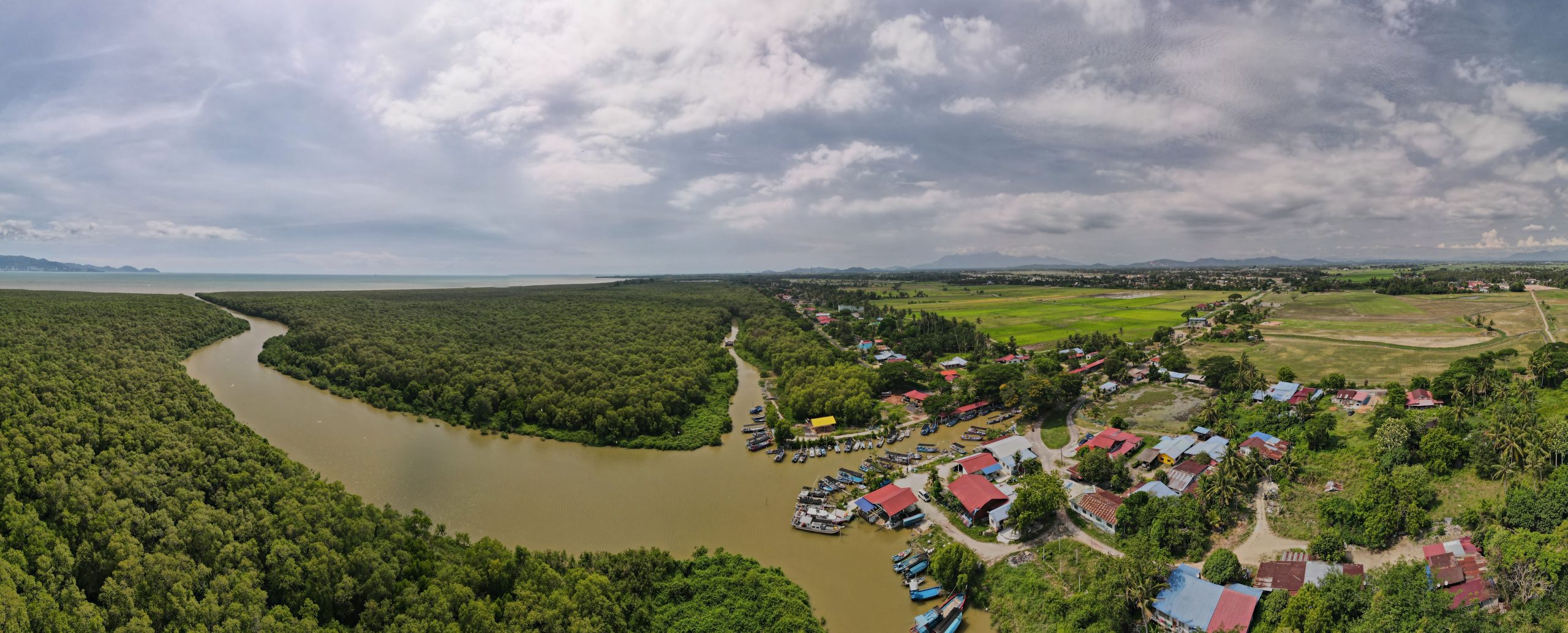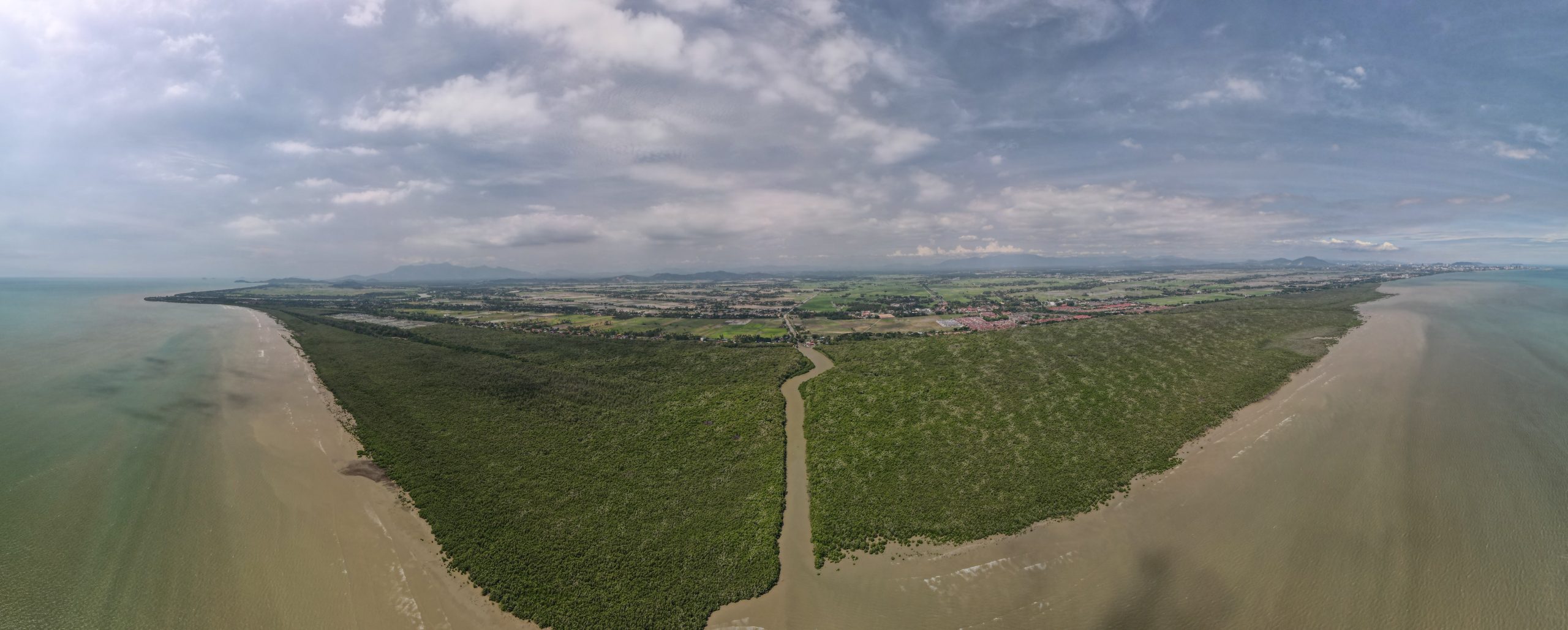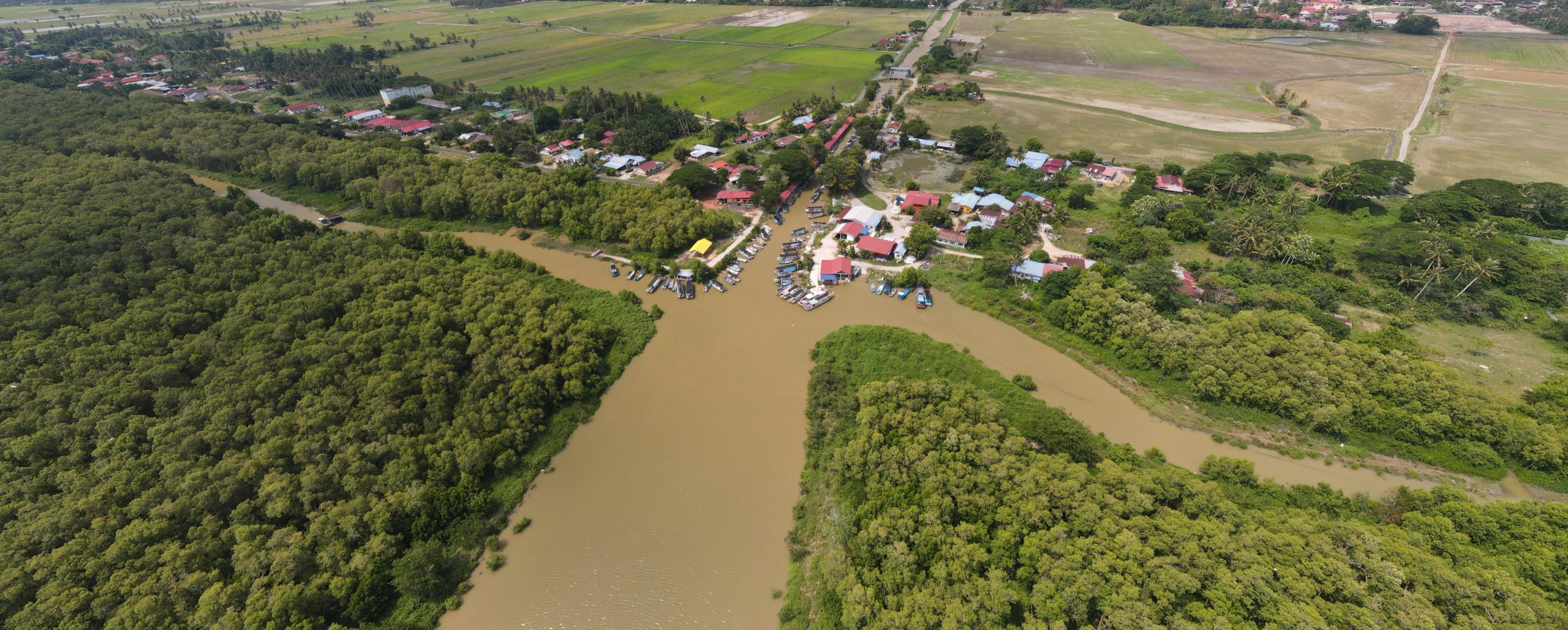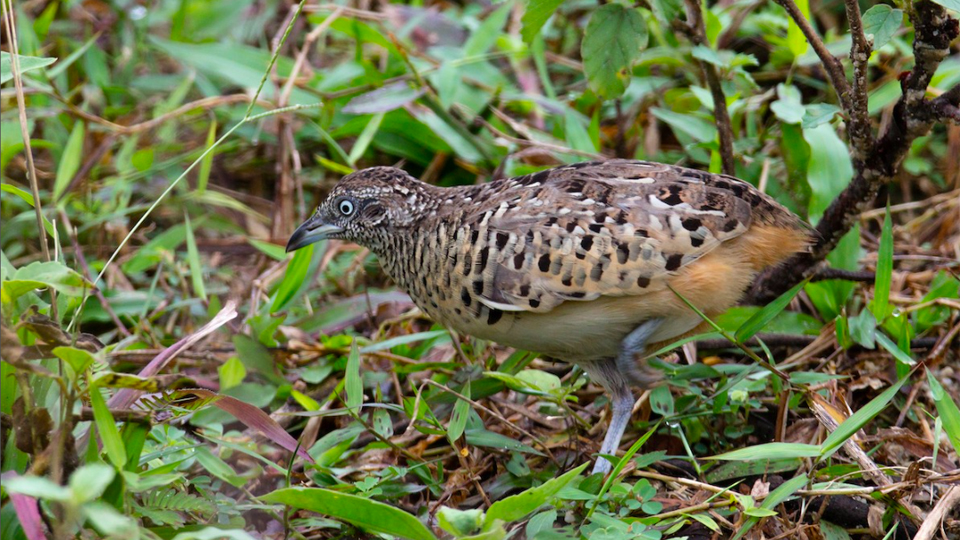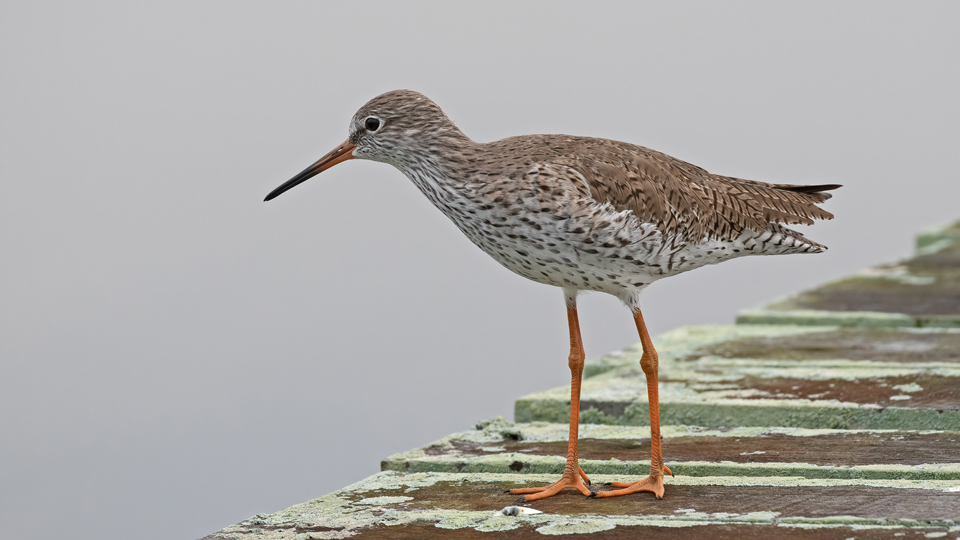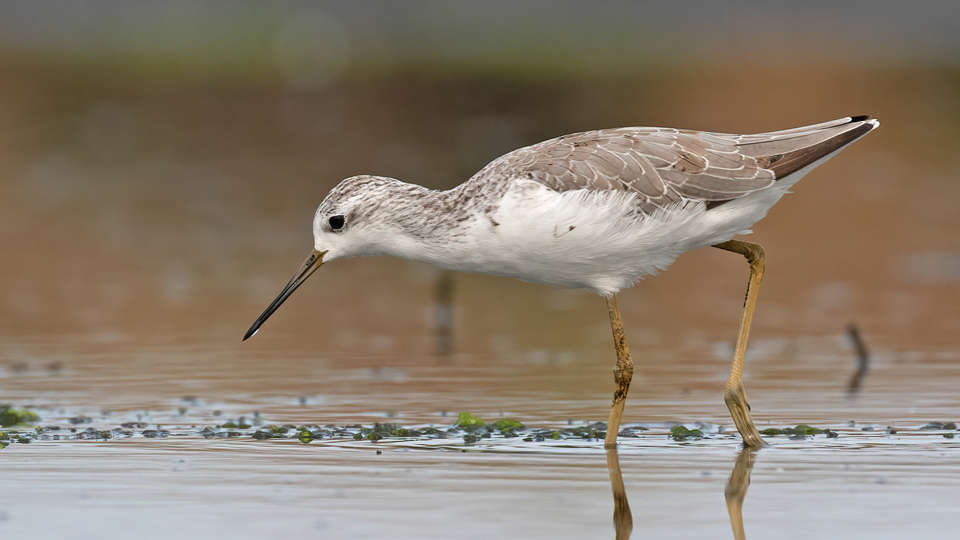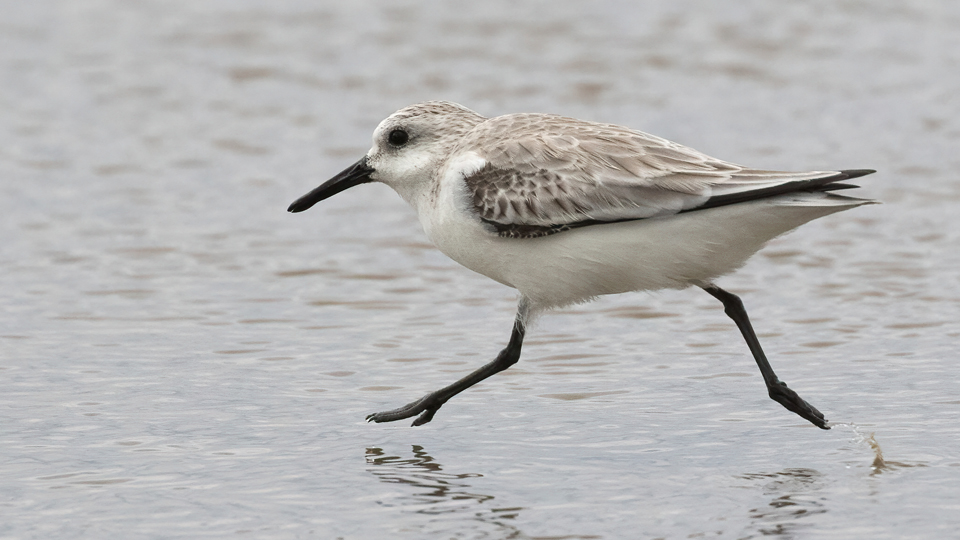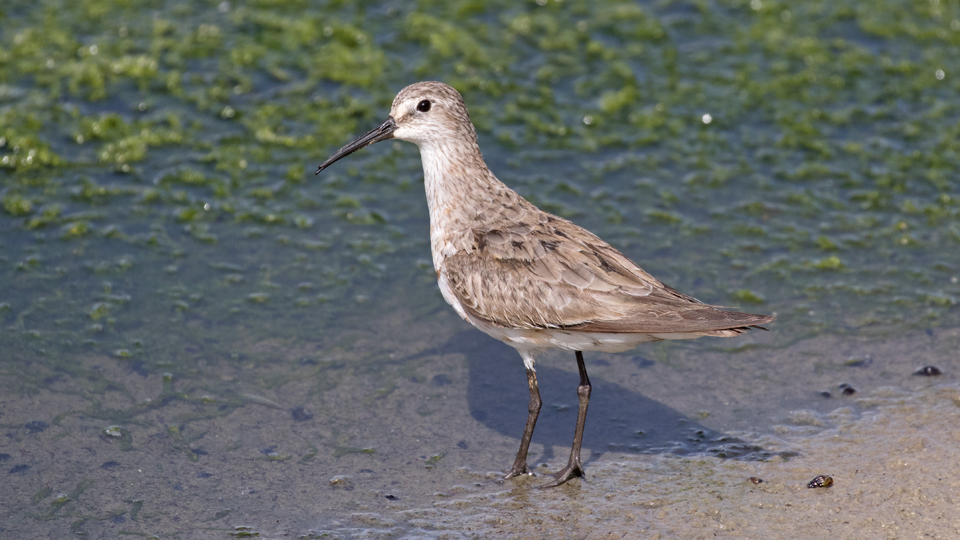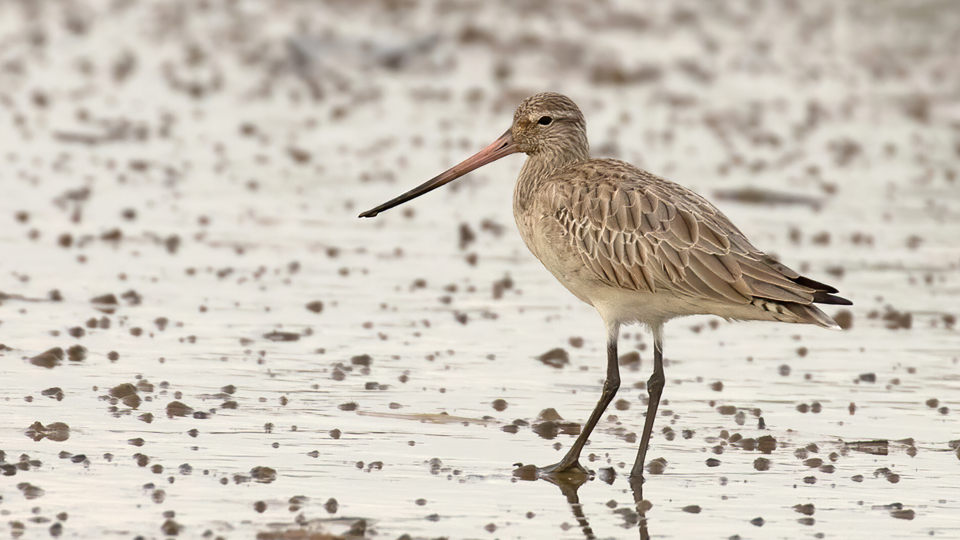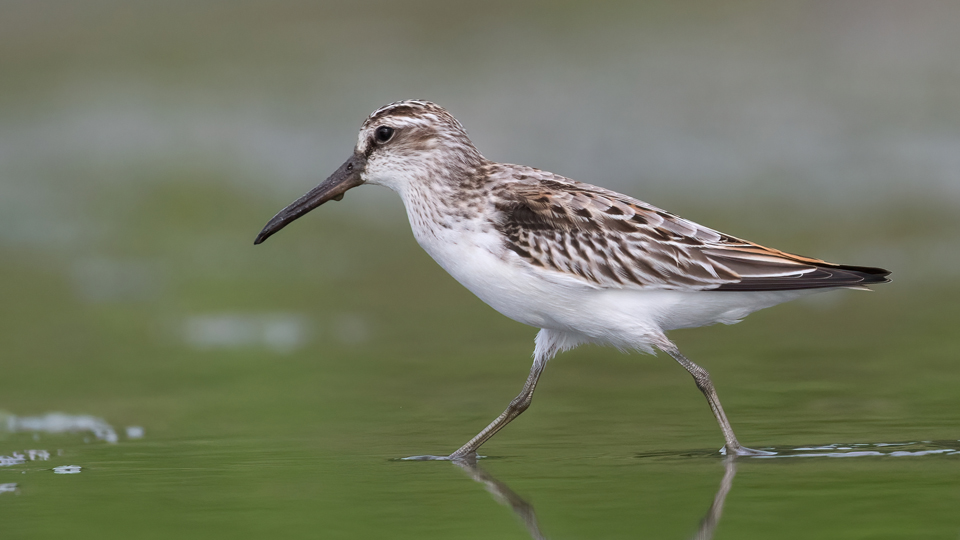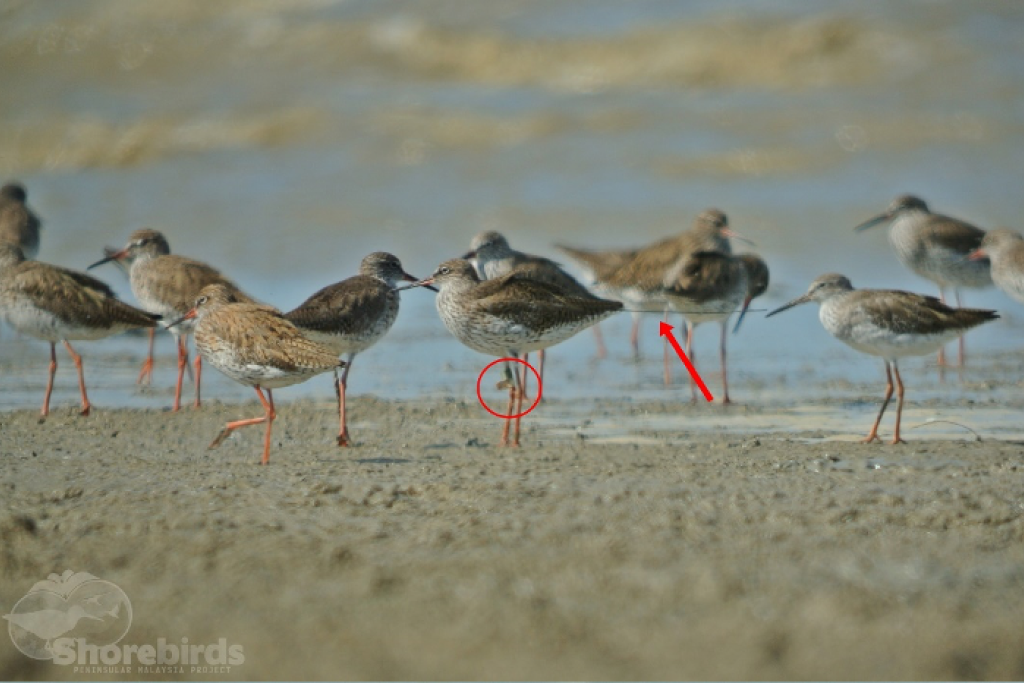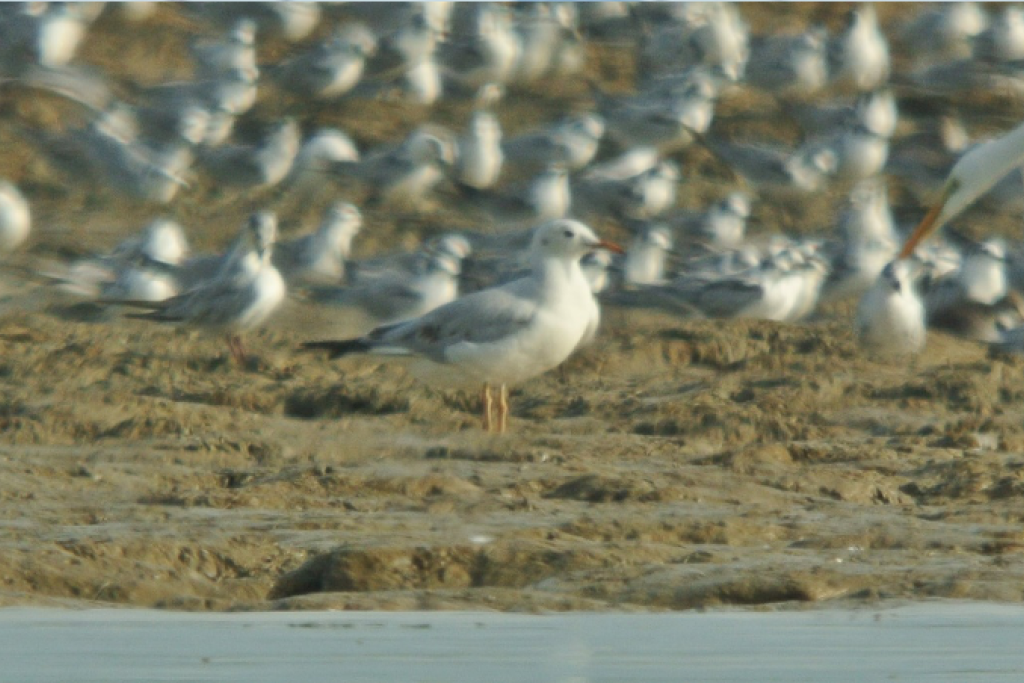Teluk Air Tawar – Kuala Muda (TAT – KM)
Teluk Air Tawar-Kuala Muda (TAT-KM) is located in Penaga, Seberang Perai Utara, Penang. This ecosystem consists of mangrove forests, tidal mud flats, and diverse species of fauna and flora. This mangrove forest is the largest and the only remaining that has not yet been affected by development in Penang. Avicennia marina trees dominate the forest zonation on the sea coast, followed by Sonneratia alba and Sonneratia ovata. In landward zones there are Rhizophora apiculata, Brugueira cyclindrica and Brugueira parviflora, while exposed areas are overgrown with Acanthus sp. and Acrostichum sp.
In addition to migratory birds, this ecosystem is rich in resident bird species, mammals such as otters and Dusky Leaf Langur, reptiles such as snakes and skinks, and various species of molluscs and gastropods.
The areal coverage of the forest is at least 620 ha while mudflats cover approximately 450 ha. When the tide level is at its lowest, vast mudflats are clearly visible, extending from the Sg. Muda estuary in the north to Sg. Abdul estuary in Teluk Air Tawar in the south. The length of the mangrove forest is estimated to be 10 km. The widest part, located between Sg. Tembus and Sg. Lahar Endin, is estimated to be 2 km.
TAT-KM wetlands perform various functions important to the entire ecosystem – as a habitat, nursery, water filtration, coastal protection from erosion and strong waves. One of its main functions is as a stopover site for migratory birds on their migration to the northern and southern hemispheres during the annual migratory seasons. Species recorded here include IUCN Critically Endangered Species, Spoon-billed Sandpiper, and Endangered species such as Nordmann's Greenshank, Great Knot, Far Eastern Curlew and Black-faced Spoonbill.
TAT-KM wetlands has been listed as a Key Biodiversity Area, and an Important Bird and Biodiversity Area (IBA – MY003). Many birdwatchers from many countries have visited Sg. Tembus to enjoy the spectacular view of thousands of migratory shorebirds of various species gathering across the mudflats during the peak of the migration season.
The main threats to this wetland ecosystem are land conversion to aquaculture ponds and other land uses, coastal development and sea reclamation. Although part of the mangrove forest here has been gazetted as a forest reserve, protection throughout the wetland ecosystem is needed to be implemented to preserve the integrity, effective ecosystem services, and natural treasures here.
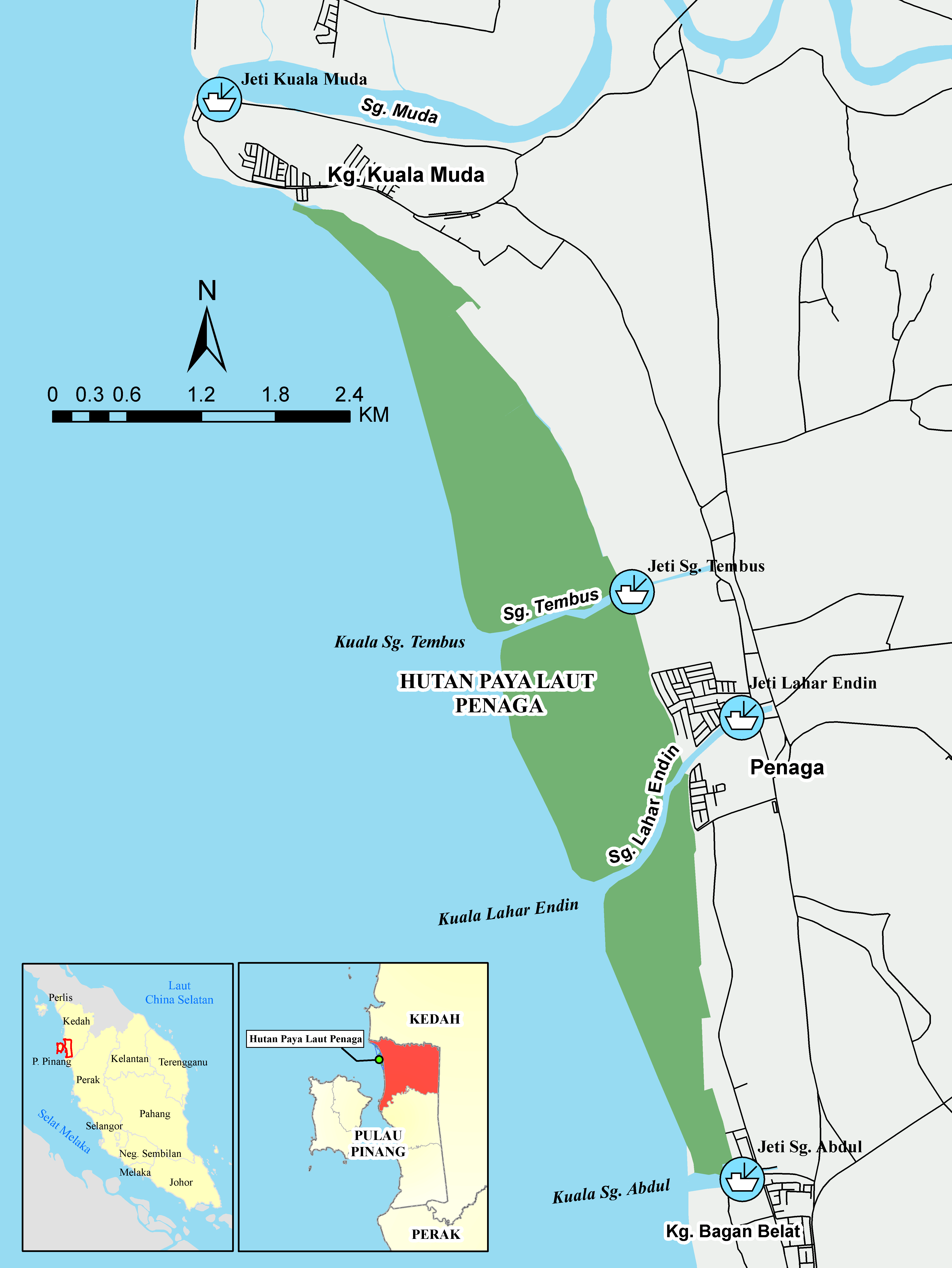
Location of TAT-KM wetlands in Seberang Perai Utara, Pulau Pinang
Conservation
The following is excerpted and adapted from:
MNS. 2015. A Concept Paper on the Proposed Establishment of a "Wetland Nature Reserve" and Development of Nature-based Initiatives in the Teluk Air Tawar-Kuala Muda coast IBA. Kuala Lumpur and Penang: MNS Conservation Division and MNS Penang Branch. (MNS Conservation Publication No. 15). This report can be downloaded in full from Researchgate.net.
The TAT-KM coast is a vital rest-stop for the birds on their migration. Without it they would be unable to find enough food to complete their migratory journeys, and they would perish in large numbers. Therefore, TAT-KM IBA is a nationally, regionally and globally significant site.
The MNS Penang Branch has been monitoring this IBA since the 1980s. Based on these surveys, the results have shown that:
- TAT-KM IBA supports over 200 bird species which utilize the coastal mudflats, mangroves and immediate inland area i.e agriculture land
- Tens of thousands of waterbirds use the site each year, with over 12,000 birds being regularly present during surveys in 2012/2013
- The IBA supports six globally threatened birds i.e. Spoon-billed Sandpiper (Critically Endangered), Nordmann's Greenshank (Endangered), Far Eastern Curlew (Endangered), Great Knot (Endangered), Chinese Egret (Vulnerable) and Lesser Adjutant (Vulnerable).
- The Critically Endangered Spoon-billed Sandpiper has been recorded twice in the TAT-KM IBA. The global population is estimated to be not more than 400 mature individuals (BirdLife International 2015a).
- The wintering population of the globally threatened Nordmann's Greenshank (Endangered status under IUCN) is among the largest of any known site in the world.
- TAT-KM IBA supports internationally significant concentrations of at least three shorebird species i.e. Nordmann's Greenshank, Pacific Golden Plover and Tibetan Sand Plover.
- TAT-KM IBA is the second most important migratory waterbird wintering site in Peninsular Malaysia after the North-central Selangor coast IBA .
Current threats identified in this IBA include mangrove clearance for other land use e.g. aquaculture, agriculture etc and erosion at certain localities.
Conservation measures proposed in this report include:
- Formal protection of the area
- Creation of a wetland nature reserve and education centre
- Development of local nature-based tourism initiatives
- Profile-raising at regional and global levels
Events
Visiting The Site
Directions
TAT-KM located in the Penaga area, Seberang Perai Utara, close to the Penang-Kedah border. It can be visited by car from anywhere in Peninsular Malaysia easily due to the good road network that connects it. From Georgetown on Penang island, the journey takes approximately 1 hour by car via the Penang bridge and through the Butterworth Outer Ring Road (BORR) straight to Penaga. If coming from Kuala Lumpur by car, the journey there takes approximately 4-5 hours. If coming from the east coast, for example Kota Bharu, the travel time is approximately 5-6 hours. Although there are a number of jetties to access TAT-KM, the most suitable for shorebird-watching and seeing the wetlands is Sg. Tembus fishermen jetty. This location is easy to find through Waze and Google maps applications using the name, Pasar Nelayan Sg. Tembus, which will take you directly to the jetty.
Packages
As part of a sustainable development and conservation effort at TAT-KM wetlands, SPMP is working closely with local fisher folks of Sg. Tembus to develop and run a community-based ecotourism (CBET) initiative. We offer boat trips and guided packages for the general public and serious shorebird watching activities. We welcome everyone to come and enjoy the fascinating world of shorebirds at TAT-KM wetlands and support the local CBET at the same time.
SPMP assists the fisher folks in taking boat bookings and arranging trips, kindly let us know if you need their service.
All bookings can be made through:
Dr. Nur Munira Azman
Email: munirazman86@gmail.com
GREAT KNOT PACKAGE
Activities: Bird watching via boat and lunch at local stall.
Estimated time: 2 hours
Price: RM150/head, minimum: 5 pax
NORDMANN'S GREENSHANK PACKAGE
Activities: Bird watching via boat, visit ladang nipah and lunch at local stall
Estimated time: 4 hours
Price: RM200/head, minimum: 5 pax
FAR-EASTERN CURLEW PACKAGE
Activities: Bird watching via boat, visit ladang nipah, lunch at local stall, and other selected attractions in Seberang Perai
Estimated time: 1-day program
Price: RM250/head, minimum: 10 pax
Sightings
Flagged bird sightings at TAT-KM
Rare sightings at TAT-KM

